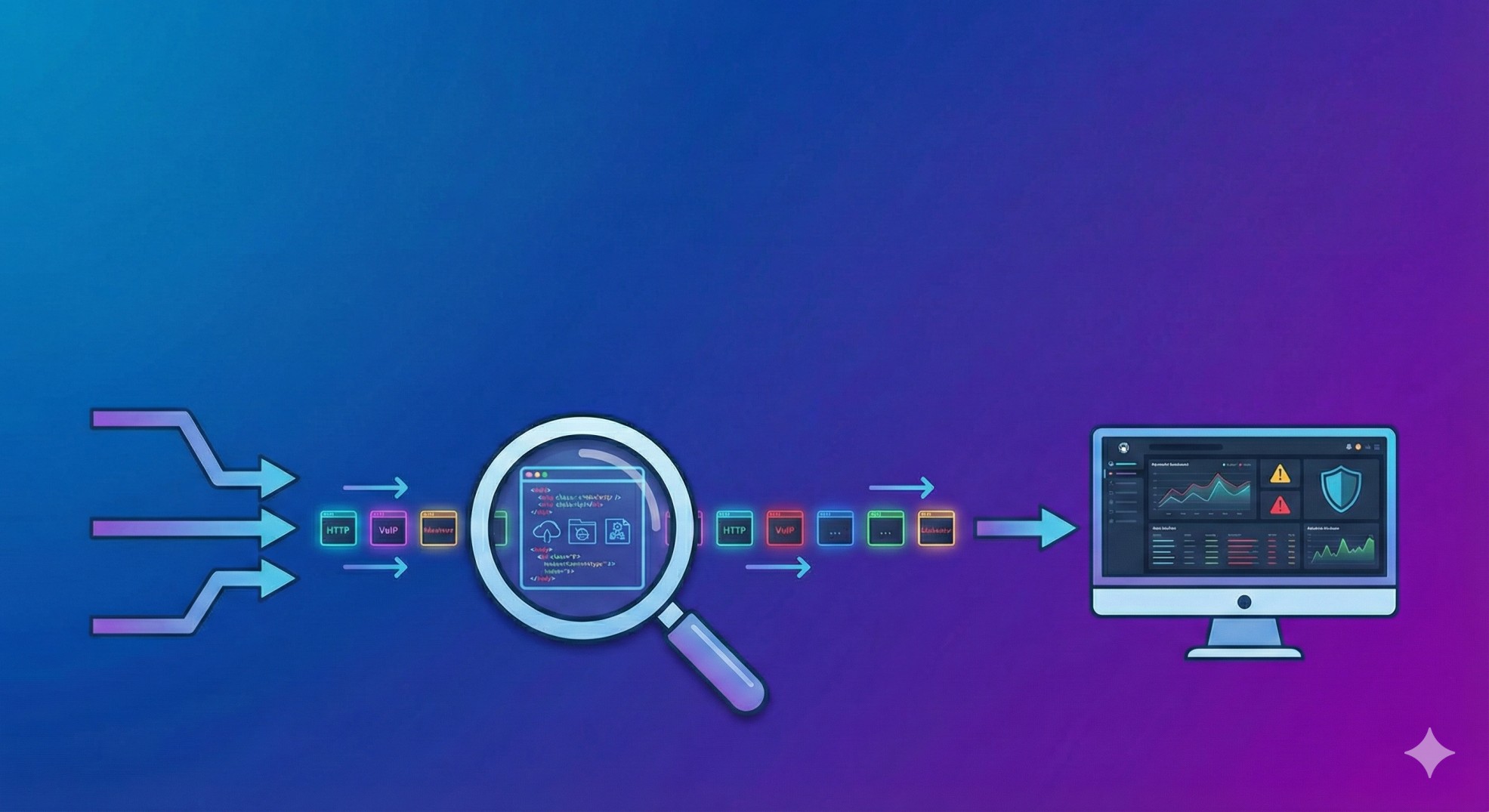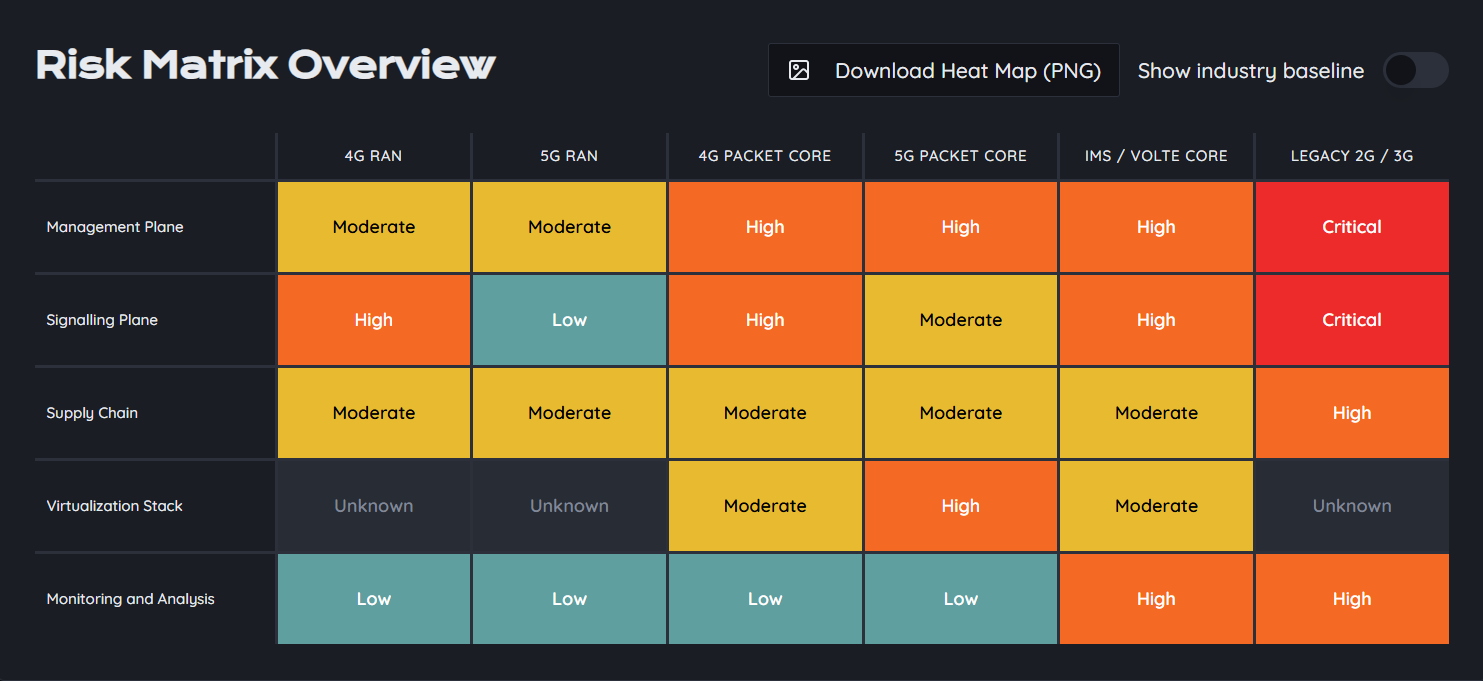Introduction – Why Incident Response in Telecom Is Different
Incident response in a telecom environment isn’t your standard IT security playbook. When a mobile network operator faces an active security incident, the stakes are massive: millions of subscribers, critical national infrastructure, and often, zero room for downtime.
Unlike corporate IT, where an incident might impact an internal ERP system, a telecom breach can disrupt emergency calls, leak subscriber data, or knock out services across an entire country. That means telecom IR (Incident Response) needs speed, precision, and a deep understanding of network protocols from SS7 to 5G SBA.
The 6 Phases of Telecom Incident Response
1. Preparation – Before the Alarm Rings
Preparation in telecom IR isn’t just about policies and playbooks; it’s about protocol-specific readiness.
- Maintaining up-to-date network maps for core, access, and interconnect points.
- Pre-deploying telecom-specific intrusion detection systems (like DPI for SS7, Diameter, GTP, SIP).
- Running red team/blue team simulations on real network segments.
2. Detection & Identification – Finding the Needle in a Telecom Haystack
Telecom detection challenges:
- Massive traffic volumes (terabits of throughput).
- High noise-to-signal ratio in logs.
- Attacks often blending into normal signaling traffic.
Detection tools must parse telecom protocols, not just IP/TCP headers — think detecting GTP-C session hijacking or SS7 MAP SendRoutingInfo abuse.
3. Containment – Isolating the Damage Without Breaking the Network
In IT, containment might mean shutting down a server. In telecom, that could mean cutting service to an entire city — unacceptable.
Containment strategies include:
- Blocking malicious signaling at border gateways.
- Rate-limiting traffic from suspicious roaming partners.
- Segregating compromised VNFs or network slices in 5G.
4. Eradication – Removing the Threat
Once contained, the threat must be neutralized without affecting service continuity. Examples:
- Removing rogue routes in Diameter routing agents.
- Patching exposed EPC or IMS components.
- Updating ACLs and firewall rules for GTP/SS7 ingress points.
5. Recovery – Bringing the Network Back to Full Health
Recovery in telecom isn’t just “restore from backup” — it’s about:
- Re-establishing clean signaling sessions.
- Validating lawful intercept systems are uncompromised.
- Synchronizing subscriber databases (HLR/HSS/UDM) to ensure no ghost profiles remain.
6. Lessons Learned – The Post-Mortem That Actually Changes Something
A proper post-incident review in telecom should produce:
- Updated IR runbooks for specific protocols.
- IOC (Indicators of Compromise) sharing with industry peers.
- Network segmentation or filtering improvements.
Real-World Telecom IR Challenges
- Protocol Complexity – You can’t effectively respond without understanding legacy and modern protocols (SS7, Diameter, GTP, SBA APIs).
- Inter-Operator Dependencies – Roaming means your security is only as strong as your weakest partner.
- Regulatory Obligations – Many countries mandate incident reporting within hours, not days.
- Downtime Sensitivity – You can’t “take it offline” without making the front page of the news.
Best Practices for Telecom Incident Response
- Invest in Telecom-Specific Monitoring – DPI for signaling and user-plane traffic.
- Segment Critical Network Functions – Keep IMS, EPC, and 5G core slices isolated.
- Automate Initial Containment – Reduce manual delays when attacks are detected.
- Train IR Teams in Telecom Protocols – Cybersecurity skills are not enough; telecom fluency is mandatory.
Final Thoughts
In telecom, incident response isn’t a back-office IT function — it’s national-scale crisis management. The difference between a minor outage and a major breach often comes down to how fast and accurately the IR team can detect, contain, and neutralize a threat in a highly specialized environment.
When it comes to telecom security, preparation isn’t just step one — it’s the foundation for all the other steps. If you’re not ready before the incident, you’re already behind when it happens.
🔐 Looking for the full picture? Explore the Ultimate Guide to Mobile Network Security — your complete resource on telecom security, from architecture to audits.




